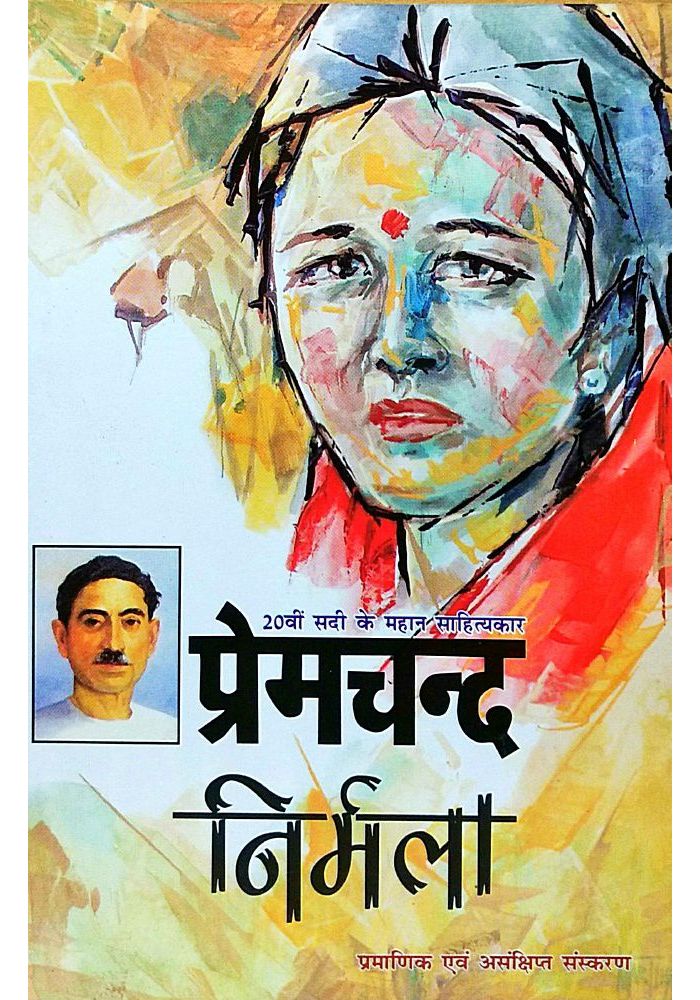What makes Bollywood such a unique and captivating phenomenon in the global film industry? A bold statement can be made here: Bollywood is not merely an entertainment medium but a cultural ambassador that bridges diverse communities across continents. Its distinctive blend of melodrama, music, dance, and star power has created an unparalleled cinematic experience that resonates with millions worldwide.
Bollywood, the term coined for India's Hindi-language film industry, represents much more than just movies. It encapsulates the spirit of Indian culture, traditions, and societal values through its storytelling. Based in Mumbai (formerly Bombay), this industry produces films that are celebrated globally for their vibrant narratives, colorful song-and-dance sequences, and larger-than-life characters. The appeal of Bollywood extends beyond India’s borders, reaching audiences in West Africa, Russia, and throughout English-speaking countries. This widespread popularity underscores Bollywood's ability to transcend linguistic and cultural barriers, making it one of the most influential film industries worldwide.
| Personal Information | Details |
|---|---|
| Name | Raj Kapoor (Example) |
| Date of Birth | December 14, 1924 |
| Place of Birth | Peshawar, British India (now Pakistan) |
| Career Span | 1947 - 1988 |
| Profession | Actor, Director, Producer |
| Famous Films | Awaara, Shree 420, Mera Naam Joker |
| Awards | Dadasaheb Phalke Award, Padma Bhushan |
| Reference | Wikipedia |
Hindi cinema, often synonymous with Bollywood, traces its roots back to the early 20th century. The first Indian feature film, Raja Harishchandra, directed by Dadasaheb Phalke, was released in 1913, marking the inception of Indian cinema. Over the decades, Hindi films evolved significantly, incorporating advancements in technology, narrative techniques, and production values. The introduction of sound in the 1930s revolutionized the industry, allowing filmmakers to integrate music and dialogue seamlessly into their films, thus enhancing the storytelling experience.
The golden era of Hindi cinema, spanning from the 1950s to the 1970s, produced some of the most iconic films and legendary stars. Directors like Raj Kapoor, Guru Dutt, and Satyajit Ray crafted masterpieces that continue to inspire filmmakers today. During this period, films were characterized by their emphasis on social issues, romance, and drama, often reflecting the socio-political climate of the times. Songs played a pivotal role in these films, serving as both emotional expressions and narrative devices. The music composed during this era remains popular even today, underscoring the timeless appeal of Hindi cinema.
As the industry progressed into the 1980s and 1990s, Bollywood underwent significant transformations influenced by globalization and technological advancements. The influx of foreign films and television brought new styles and themes to Hindi cinema, leading to a fusion of traditional and modern elements. Action-packed blockbusters, romantic comedies, and family dramas became staples of the industry, appealing to a broader audience. The emergence of multiplexes further changed the dynamics of film distribution and exhibition, enabling Bollywood to reach unprecedented levels of success at the box office.
In the 21st century, Bollywood continues to thrive, embracing digital platforms and innovative storytelling methods. Filmmakers are increasingly exploring diverse genres, including science fiction, horror, and biopics, while maintaining the core elements that define Bollywood's identity. The industry has also witnessed the rise of new talent, both in front of and behind the camera, contributing to its vibrancy and dynamism. International collaborations and co-productions have expanded Bollywood's reach, introducing its magic to newer audiences around the world.
Despite challenges such as piracy, censorship, and competition from other forms of media, Bollywood remains resilient, adapting to changing times and consumer preferences. The industry's commitment to quality and innovation ensures its continued relevance in the global entertainment landscape. Bollywood films are now recognized and appreciated at prestigious international film festivals, reinforcing their status as ambassadors of Indian culture and creativity.
The impact of Bollywood extends beyond entertainment, influencing fashion, music, and lifestyle trends globally. Its ability to reflect and shape societal norms makes it a powerful medium for social change. Through films that address critical issues such as gender equality, corruption, and environmental sustainability, Bollywood plays a vital role in raising awareness and inspiring action. This dual role of entertaining and educating audiences underscores the significance of Hindi cinema in contemporary society.
Looking ahead, the future of Bollywood appears promising, with emerging technologies like virtual reality and artificial intelligence set to redefine the filmmaking process. As the industry continues to evolve, it is poised to captivate new generations of viewers, both in India and abroad. The enduring allure of Bollywood lies in its capacity to adapt while preserving the essence that has made it beloved by millions over the years.
For those eager to explore the world of Hindi cinema, numerous resources are available, offering insights into its history, notable films, and key figures. Whether through books, documentaries, or online platforms, there is much to discover about this fascinating industry. By delving deeper into Bollywood's rich tapestry, one can truly appreciate the magic that has enchanted audiences worldwide for over a century.
| Statistical Overview of Bollywood | Data |
|---|---|
| Annual Film Production | Approximately 1,000 films |
| Global Box Office Revenue | $2 billion+ |
| Primary Language | Hindi |
| Major Genres | Romance, Drama, Action, Comedy |
| Key Awards | Filmfare Awards, National Film Awards |
| Notable Directors | Yash Chopra, Karan Johar, Anurag Kashyap |
| Reference | Wikipedia |



